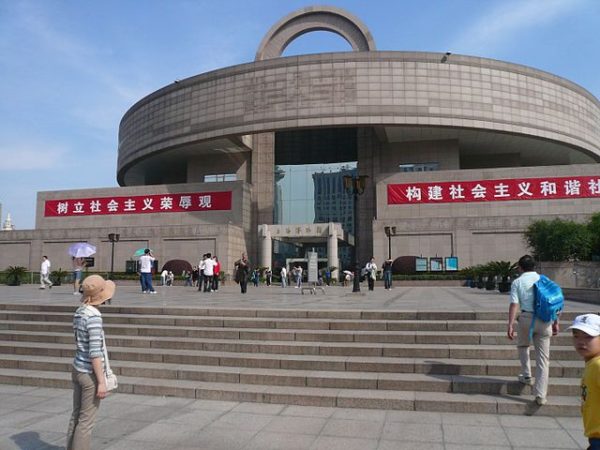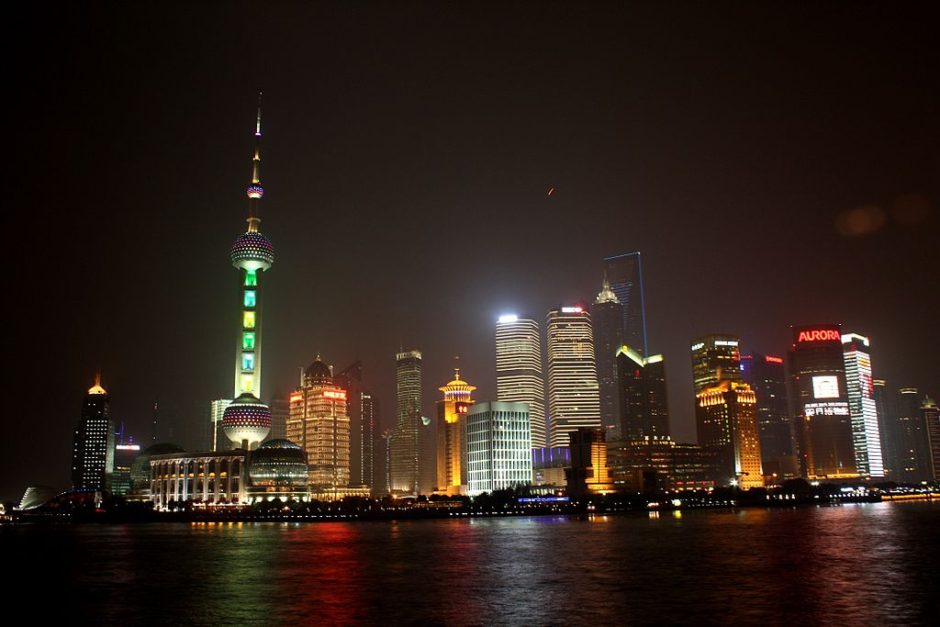Shanghai is a city in transition.
Before the 20th century, Shanghai was China’s vibrant commercial and financial center, but following the communist takeover in 1949, it fell into a state of somnolence. Since the economic reforms of the 1990s, however, Shanghai has bounced back and taken its rightful place as one of Asia’s most dynamic cities.
Shanghai’s metamorphosis is evident in its splendid skyline, which is virtually unmatched in Asia.
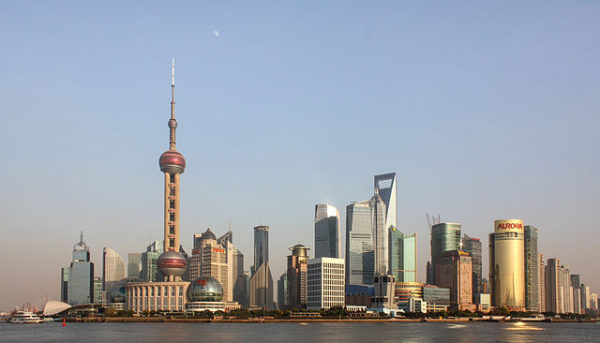
Its exquisite collection of old and new skyscrapers, which rival those of Hong Kong, range from the graceful neo-classical to the brash post-modern.
Shanghai, population 24 million, is best seen at night, after the sun has set and its astonishing ensemble of eclectic buildings are softly bathed in shades of green, yellow, blue and red. Viewed from a tour boat skimming the waters of the Huangpu River after dark, Shanghai’s skyline is particularly impressive.
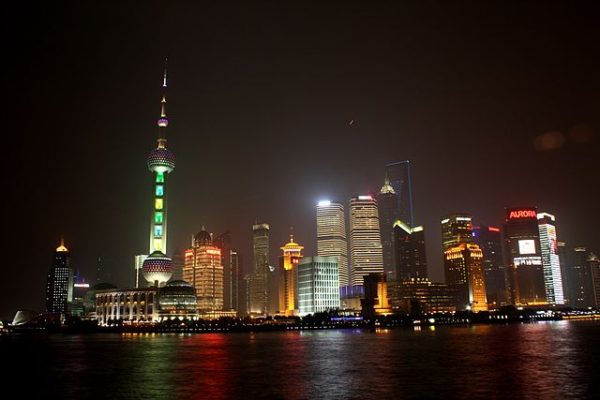
The buildings that pique admiration are ranged along the Bund — the picturesque 1.5 kilometer-long promenade situated on the western side of the river — and in Pudong, the newish business/residential neighborhood on the river’s eastern bank.
Resembling an outdoor museum of architecture, the buildings sprouting from the vicinity of the Bund range from the China Pacific Insurance Building and the Peace Hotel to the Shanghai Customs House and the Bank of Bangkok.
Prior to the 1949 revolution, which brought the People’s Republic of China into existence, the Bund was China’s Wall Street. The Bund is still commercially important, but in the past decade Shanghai’s business center has shifted to Pudong.
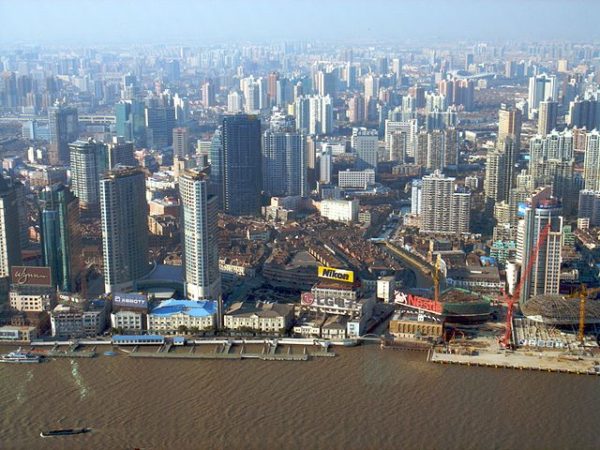
A boggy farmland that supplied the city with much of its vegetable crop until the late 1980s, Pudong is a brilliant symbol of the startling changes China has undergone in the past 25 years. China, formerly a bastion of communist orthodoxy, has been marching toward capitalism, and Pudong is its apotheosis.
Crowned by the stolid Oriental Pearl TV tower, the boxy International Convention Center and the soaring Jin Mao tower, Pudong is what China aspires to be in the future — one of the world’s leading financial centers.
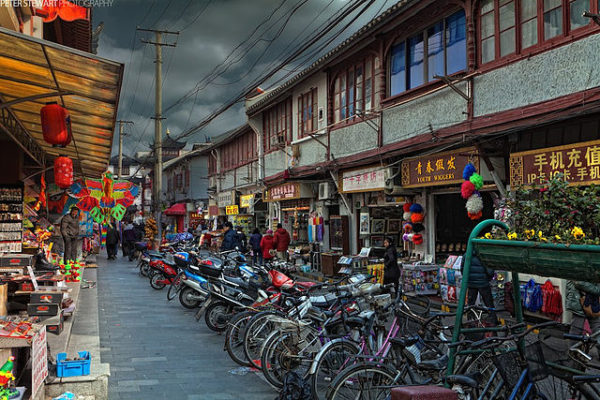
Just city blocks away from these concrete-and-glass behemoths is Hongkou, the teeming working-class district where some 20,000 Jews from Nazi-occupied Europe found a haven in the late 1930s and early 1940s.
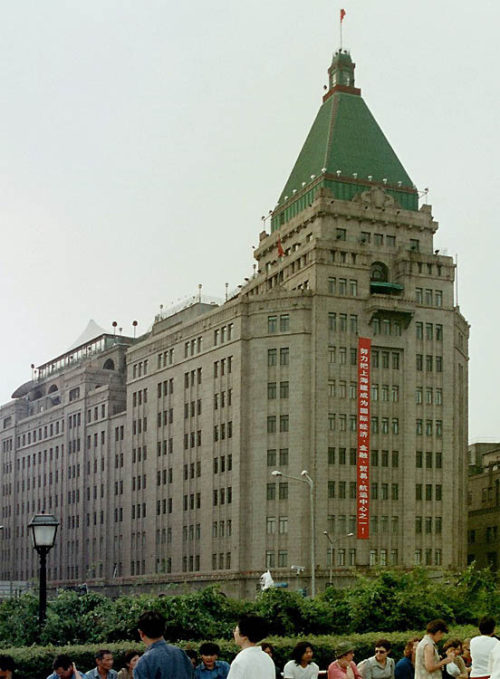
Apart from the Oriental Pearl TV tower, one of the finest vantage points from which to see Shanghai is the rooftop terrace of the Art Deco-style Peace Hotel.
An old-fashioned hostelry of polished marble floors and dark wood hallways, it was the pride of one of the great Jewish merchant families in Asia, the Sassoons, who arrived in China from Iraq in the 19th century.
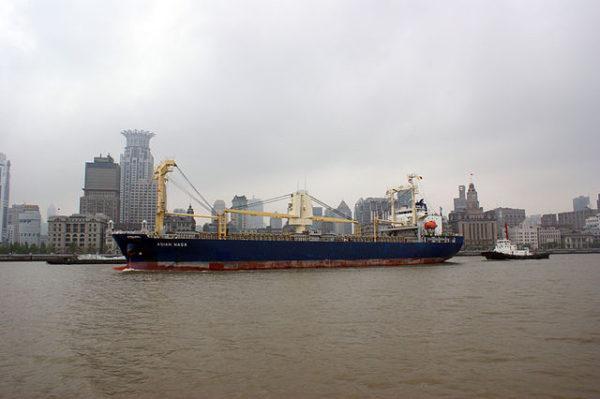
The views from the terrace include the Bund and the Huangpu River, with its barges and ships heading toward the East China Sea or in the opposite direction.
From the hotel, Nanjing Road is only a black away. With its profusion of shops, department stores, restaurants and cafes, its a pulsating marvel of commerce, especially at night, when its outsize neon signs are blinking furiously.
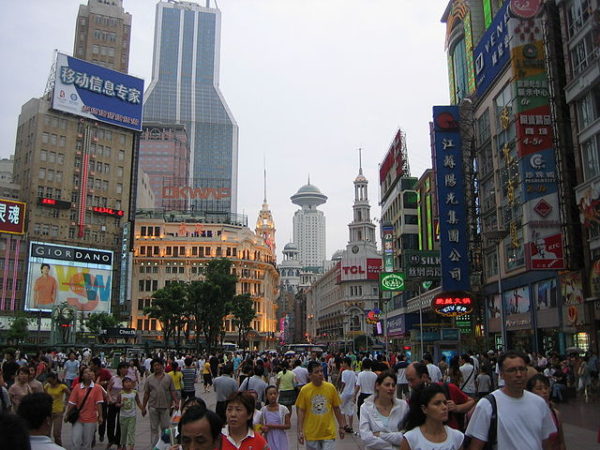
One of Shanghai’s most popular entertainment districts, Xin Tian Di, is close by. Dotted with fine restaurants, smart boutiques and chic cafes, was once a hutong. In years past, when China was struggling to feed its people, the hutong, with its narrow lanes, shabby cinderblock homes and general air of impoverishment and neglect, was typical of urban China.
Shoppers who gravitate toward Chinese art and calligraphy, decorative boxes and silk scarves will find Shanghai captivating. In this respect, the Yuyuan bazaar is recommended if you’re in the market for such reasonably priced crafts and goods.
And if you seek relief from the shop-till-you-drop experience, the nearby Yuyuan Garden is the place to be. A classical Chinese retreat of serene rock gardens, tranquil pools brimming with goldfish, ethereal Ming pagoda-like buildings and quiet courtyards, it’s one of Shanghai’s gems.
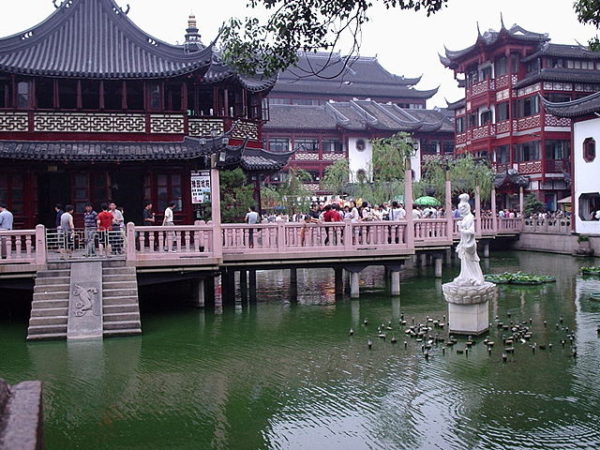
So is the Shanghai Museum, with its stunning collection of Chinese furniture, national minority garments and textiles, bronze ware, ceramic, coins, paintings and calligraphy.
The museum, in short, is modern and innovative — the very personification of contemporary Shanghai.
